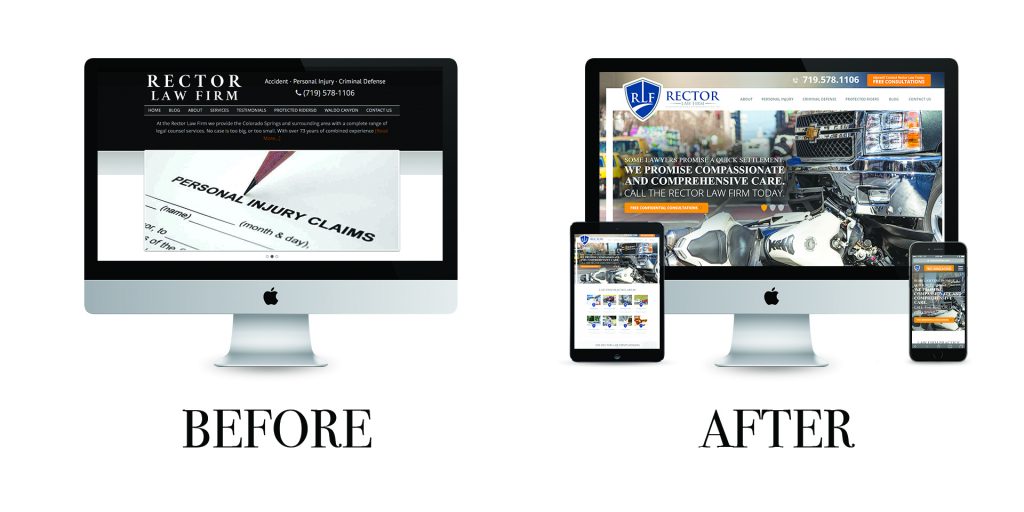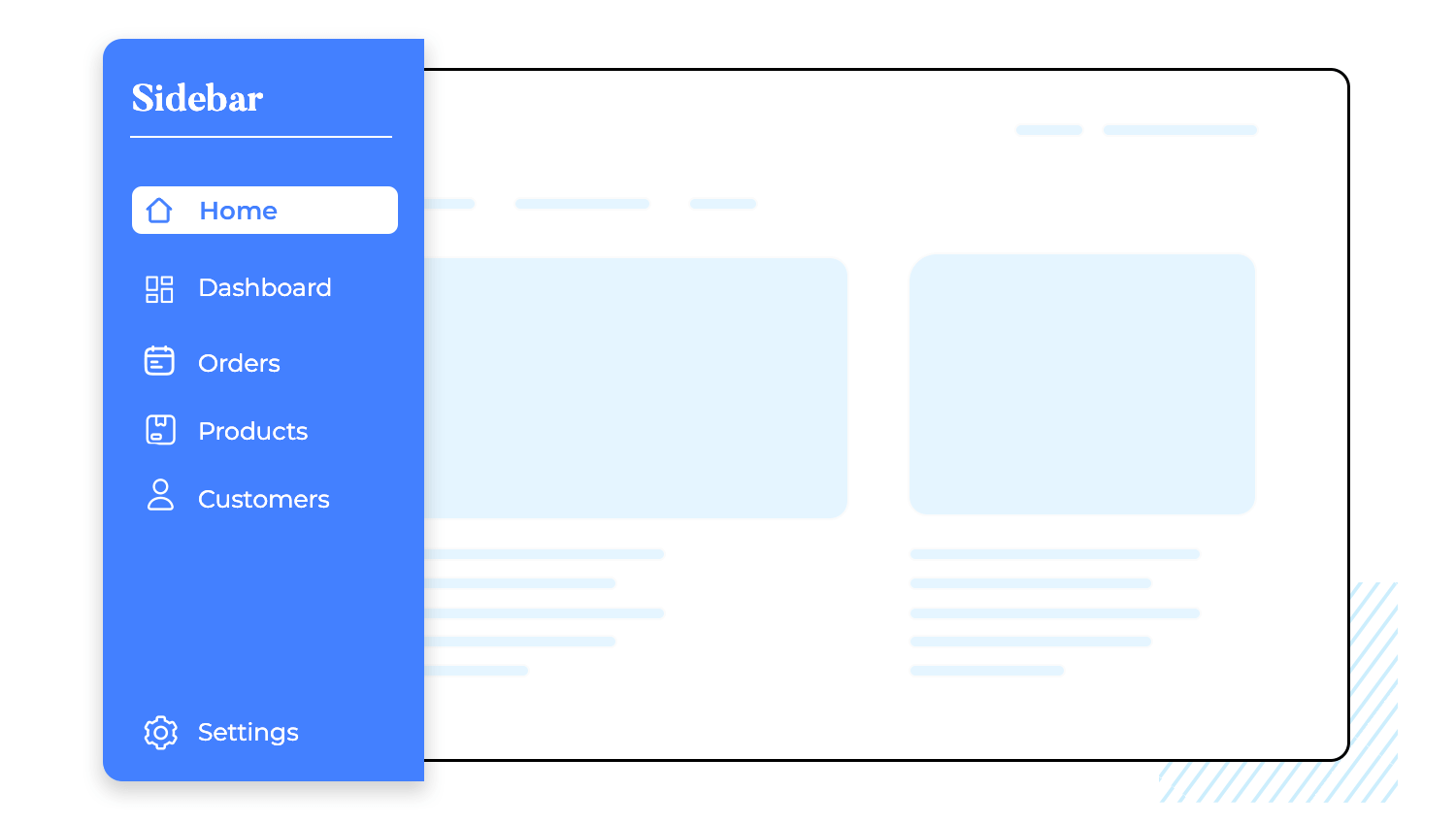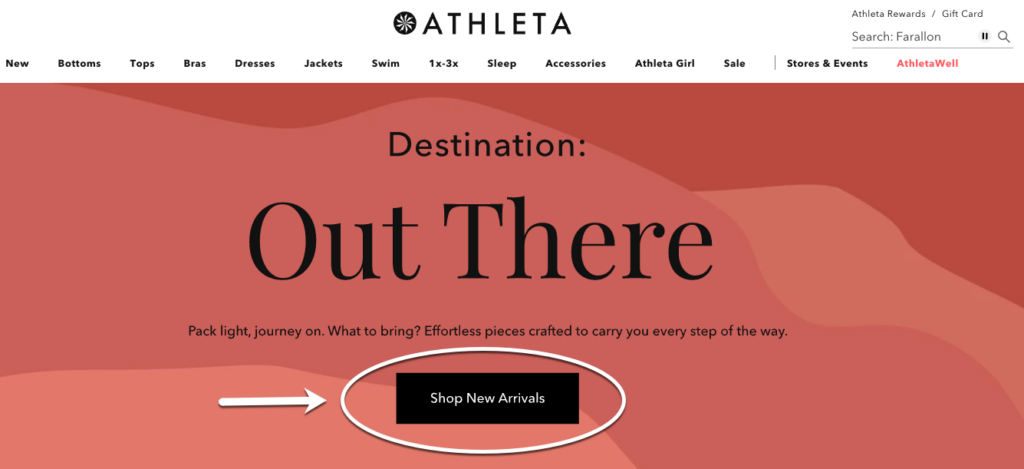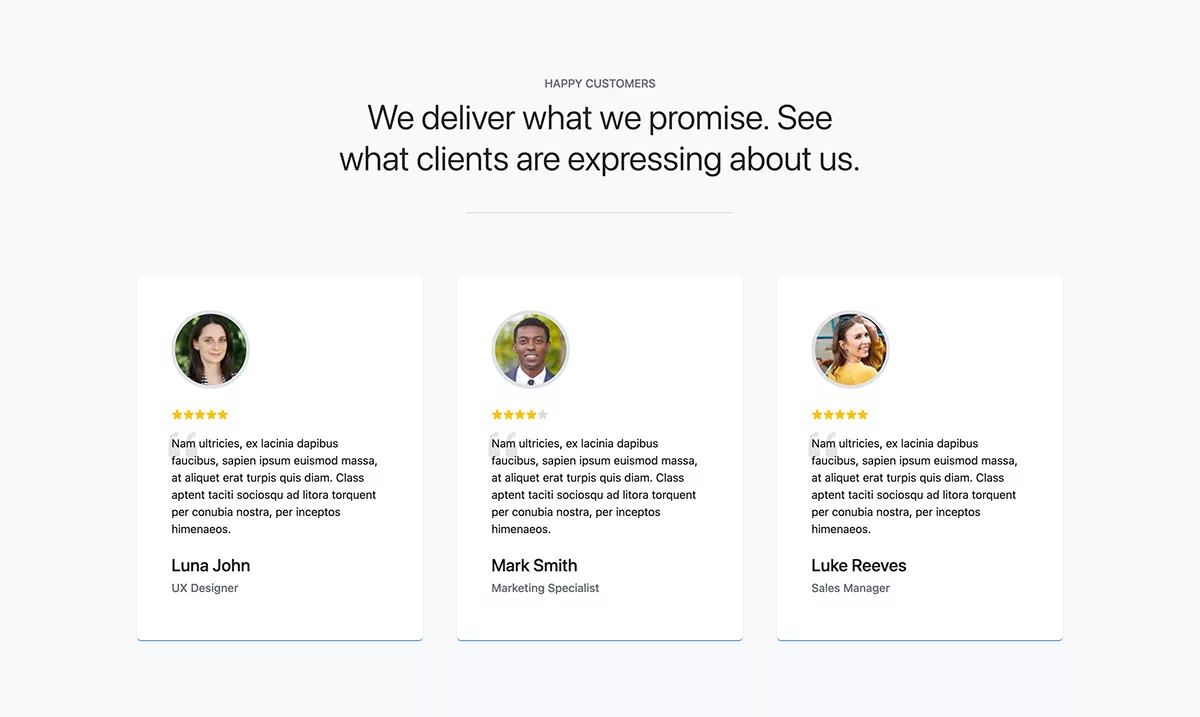10 Website Mistakes That Are Costing Your Small Business Customers (And How to Fix Them)
Is your website costing you customers? Discover 10 common website mistakes that small businesses make and learn how to fix them to boost conversions, improve user experience, and grow your business.
November 10, 2024•7 min read
Contents
Your website is like a 24/7 salesperson for your business. If it's not designed and maintained properly, it could be driving potential customers away rather than converting them into loyal clients. In this article, we’ll explore 10 common website mistakes that small business owners often make and provide actionable advice on how to fix them. Let’s make sure your website is helping your business grow, not holding it back.
Poor Mobile Experience
The Problem: In 2024, over 60% of web traffic comes from mobile devices. If your website isn’t optimized for mobile users, you could be missing out on a huge segment of potential customers. Poor mobile experience—such as text that's too small to read, buttons that are hard to click, or slow load times—can frustrate users and cause them to leave your site quickly.
The Fix: Make sure your website uses responsive design. This means that your site automatically adjusts to fit the size of the screen it’s being viewed on, providing a seamless experience across devices. You can also use tools like Google's Mobile-Friendly Test to see how well your site performs on mobile and identify areas for improvement.
Slow Page Load Times
The Problem: Studies show that users will abandon a site if it takes more than 3 seconds to load. A slow-loading website can be detrimental, leading to high bounce rates and frustrated visitors. Not only do slow pages impact user experience, but Google also factors page speed into its ranking algorithm, which means slow websites might perform poorly in search results.
The Fix: Use tools like Google PageSpeed Insights or GTmetrix to analyze your page load times. Common fixes include compressing images, minimizing JavaScript and CSS, and leveraging browser caching. Switching to a content delivery network (CDN) can also help by distributing content more efficiently to users based on their geographic location.
Outdated Visual Design
The Problem: Your website is often the first impression a customer has of your business. If your site looks outdated, cluttered, or visually unappealing, visitors may associate that with the quality of your services or products. An outdated design can make your business appear less professional or trustworthy.
The Fix: Modernize your visual design with a clean, simple layout that emphasizes your key products or services. Use contemporary color schemes, high-quality images, and fonts that are easy to read. If your site hasn't been updated in years, it might be time for a full redesign to align with current best practices in web design.

Read our article on Mastering Mobile-First Design for tips on keeping your design modern and user-friendly.
Confusing Navigation
The Problem: If users can't find what they're looking for on your website, they're going to leave. Confusing navigation is one of the top reasons for high bounce rates, as users quickly get frustrated when they can’t easily find the information they need.
The Fix: Simplify your navigation menu. Keep it straightforward with logical categories that help users find what they're looking for without clicking through numerous pages. Use clear, descriptive labels, and include a search function for added convenience. Ensure important pages like "Contact Us" and "Services" are prominently displayed in your main menu.

No Clear Call to Action (CTA)
The Problem: Visitors may love what they see on your website, but if there’s no clear direction on what to do next, they’re more likely to leave without taking action. A lack of effective calls to action (CTAs) can lead to missed opportunities for conversions—whether that’s signing up for a newsletter, making a purchase, or contacting you for more information.
The Fix: Every page of your website should have a purpose and a corresponding CTA. Whether it’s "Contact Us for More Information," "Get a Free Quote," or "Subscribe to Our Newsletter," make sure your CTAs are prominent and easy to find. Use action-oriented language to encourage users to take the next step. Position CTAs where users are most likely to click, such as at the end of blog posts or in a prominent section on your homepage.

Learn more about effective CTA placement in our Ultimate Guide to Crafting a Perfect SEO Webpage.
Unoptimized Content for SEO
The Problem: If your content isn’t optimized for search engines, you’re missing out on valuable organic traffic. Poor SEO can mean your target audience won’t even find your website when they search for relevant terms, which means lost opportunities.
The Fix: Conduct thorough keyword research to identify terms your audience is searching for. Incorporate these keywords naturally throughout your content, including headings, meta descriptions, and image alt text. Additionally, write content that answers common questions your audience may have to increase engagement and help with SEO rankings.

Lack of Social Proof
The Problem: Visitors may be hesitant to trust your business if they can’t see evidence of other customers having a positive experience. Without reviews, testimonials, or case studies, you may struggle to establish credibility.
The Fix: Showcase customer testimonials prominently on your homepage and service pages. Include a mix of text reviews, star ratings, and even video testimonials if possible. Adding case studies that show real-world results can also be powerful in demonstrating the value you provide.

Ineffective or Missing Contact Information
The Problem: If your contact information is difficult to find or missing altogether, potential customers might give up and move on to a competitor. A lack of clear contact options can create frustration and prevent conversions.
The Fix: Ensure that your contact information—including phone number, email, and address—is easy to locate on every page. Adding a dedicated contact page with a simple form is also highly effective. If you serve a local audience, including a Google Maps embed on your contact page can also help users find you.

No Analytics Setup
The Problem: Without analytics, you’re essentially flying blind. You won’t know which pages are performing well, where users are dropping off, or which traffic sources are most effective. Not understanding these metrics makes it difficult to make informed decisions.
The Fix: Set up Google Analytics to track your website traffic and user behavior. Understand which pages are driving the most engagement and identify any problem areas. Use these insights to continually improve your website and your users’ experience.
Ignoring Website Security (No SSL Certificate)
The Problem: Sites without SSL certificates are flagged as "Not Secure" by browsers, which can scare potential customers away. A lack of website security not only affects user trust but also negatively impacts your SEO rankings.
The Fix: Install an SSL certificate to ensure your site is secure. This encrypts the data shared between your website and users, keeping their information safe. Most web hosting providers offer SSL certificates, and some even include them for free. Ensuring your site is secure can boost both user trust and your search engine rankings.

Your website is one of the most powerful tools your business has to attract and convert customers. By addressing these 10 common mistakes, you can improve user experience, increase trust, and boost conversions. Whether it's updating your design, optimizing your content for SEO, or adding clear calls to action, small changes can have a big impact on your success.
If you need help improving your website, feel free to contact us for a consultation. Let’s make your website work for you, not against you.

Your Local Web Dev
Website development for small businesses with a focus on SEO using only custom code, never any website builder.
Standard
$200/mo
- - Handwritten Code
- - Mobile-Optimized Layout
- - SEO Integration
- - 5 Tailored Web Pages
- - Hosting & Domain Setup
- - Unlimited Edits
- - 24/7 Support